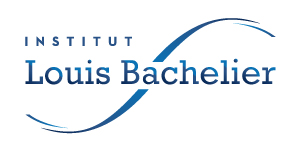Cet article contribue à la littérature sur la "Grande Divergence" en apportant une analyse des causes profondes et immédiates de la croissance économique.
We study optimal government policy in a reference model of public good provision and social approval in a dynamic setting. We show that even if complete adherence to the social norm maximizes social welfare it is by no means necessarily optimal to push society toward it.
Pioneer investigations of the economic consequences of ethnic diversity – a ubiquitous feature of African societies – found a strong and negative correlation. The...
Cette thèse propose une approche transdisciplinaire visant à nourrir les débats suscités par la disponibilité à long terme des matières premières minérales. Elle analyse la plausibilité d’une menace de déplétion de certains métaux clés avant la fin du siècle.
We develop an open-source Python software integrating flexibility needs from Variable Renewable Energies (VREs) in the development of regional energy mixes. It provides a flexible and extensible tool to researchers/engineers, and for education/outreach.
The dynamics of copper production is modeled with a prey–predator approach linking the evolution of reserves to that of industrial wealth.
Le papier analyse les facteurs ayant influencé les émissions de CO2 des transports sur la période 1960-2017. Il évalue pour cela la contribution relative de cinq facteurs pour les transports de passagers et de marchandises : la demande de transport, le report modal, le taux de remplissage, l’efficacité énergétique des véhicules et l’intensité carbone...
This paper aims to review the growing, though limited, body of literature that has emerged in the late 2000s to study the quantitative determinants of RE development at a country level.
Article published in Climatic Change (2019) The finance sector’s response to pressures around climate change has emphasized disclosure, notably through the recommendations of the...
Using Brazil’s industrial structure and its interdependence, we evaluate the minimal changes in final demand that are needed to achieve their NDC and study the impacts that such changes could cause to the employment by industry in the country.
No Upcoming Events found!

